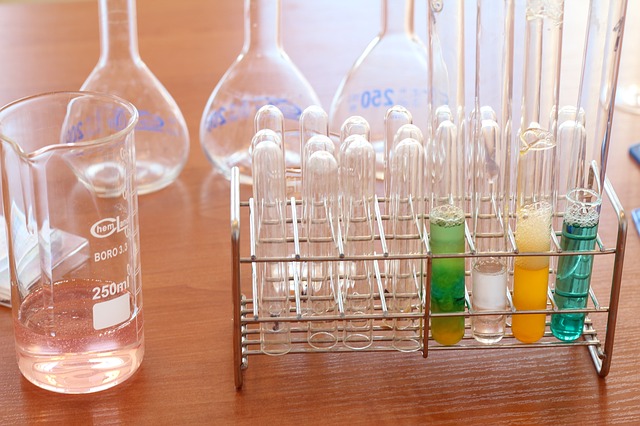
Ingredients in Skin Care Products to Avoid
Okay, so without trying to worry you too much, you may want to take a look at the following list of ingredients in skin care products to avoid before you next go shopping for your favourite creams and lotions. It’s no surprise to learn that many skin care products contain ingredients that are more than questionable to say the least so you may want to consider checking the label first to see exactly what they contain.
There are actually numerous ingredients that are considered problematic, so much so that there’s way too many to mention but here are just a few of the most well known that you may want to keep your eyes out for.
Fragrance
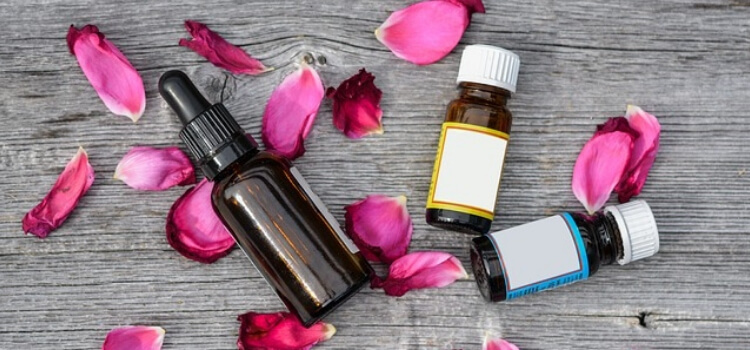
Products containing fragrance don’t necessarily bother everyone but this one can be pretty problematic because companies are not required to list the exact ingredients in their fragrance mix. In Europe, there are certain known allergy-causing fragrance ingredients that must be shown on the label if they exceed a certain amount but unfortunately, the US has no such regulation so you could be applying all sorts of potentially irritating ingredients to your skin if you’re using anything that contains fragrance.
Fragrance can be found in many products including moisturisers, body washes, shampoos, conditioners and face creams. They can cause irritation, inflammation, allergies, hormonal disruption and dermatitis, and the worst part is that sometimes you won’t even notice any irritation to the surface of the skin but underneath they can be causing all sorts of havoc like breaking down collagen which leads to aging skin. It’s also worth noting that fragrance-free isn’t always as fragrance-free as you might think.
Simple Alcohols
Simple alcohols are extremely drying and irritating ingredients that are found in many products including moisturisers, shampoos, cleansers, toners, and hand washes just to name a few. They are often listed as SD Alcohol, Isopropyl Alcohol, Denatured Alcohol (Alcohol Denat), Ethanol (Ethyl Alcohol), Methanol (Methyl Alcohol) or simply ‘Alcohol’ on the ingredients label.
In some cases, they may be considered an acceptable addition to products when present in very low amounts but when they’re present in larger amounts they can cause irritation, inflammation, dryness, brown spots, and premature aging. They can also harm the skin’s protective barrier leaving it more susceptible to free radical damage. It is worth noting that not all alcohols in skin care products are bad, you just need to know which ones to look for and when they’re considered problematic.
DEA, TEA, and MEA
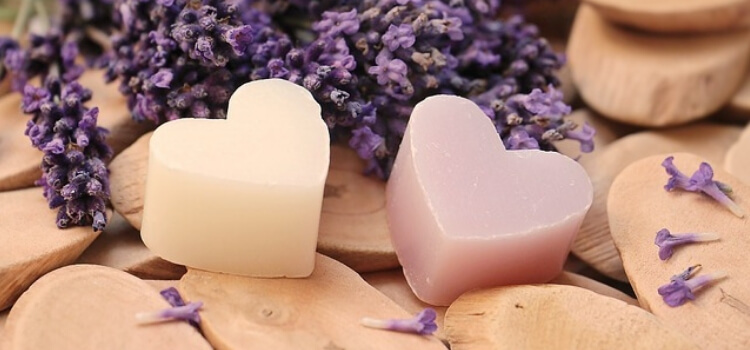
DEA (diethanolamine), TEA (triethanolamine) and MEA (monoethanolamine) are hormone-disrupting chemicals that are found in many products including soaps, shampoos, shaving foams, facial cleansers, body washes, and sunscreens. They can cause organ toxicity but their main problem is that they can react to form cancer causing nitrates and nitrosamines.
Because of their known carcinogenic effect, their use has been restricted in Europe but this is unfortunately not the case in the United States and many Americans may be exposed to them several times a day if they’re using any products containing their ingredients. Not to mention that their prolonged use increases the dangers explained above.
SLS (Sodium Lauryl Sulfate)
SLS is found in many personal care products like shampoos, cleansers, toothpaste, and body washes just to name a few. It is a detergent, emulsifier, and foamer and is also found in many household and industrial cleaners. If you are using any products at home that foam up then chances are that they contain SLS.
The problem with SLS is that it can cause skin irritation, acne, eye irritation, organ toxicity, and possible hormone imbalance. More frightening is that it is often contaminated with dioxane which is a suspected carcinogenic (cancer-causing). Similar ingredients are SLES (Sodium Laureth Sulfate) and ALS (Ammonium Lauryl Sulfate) which all pose similar risks although SLES is a much milder ingredient.
Parabens
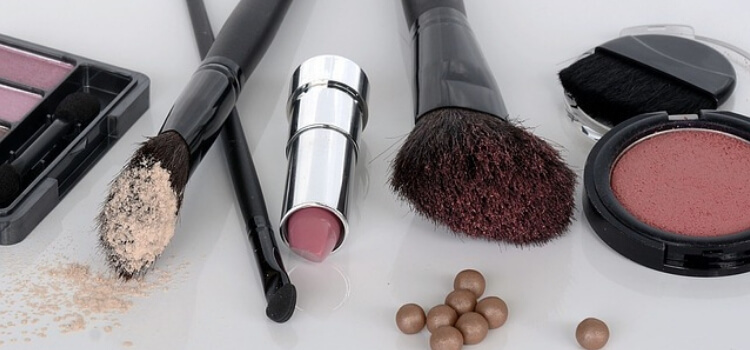
Parabens are used to prevent bacteria, mold growth and to extend the shelve life of many personal care and cosmetic products. They can be found in many facial cleansers, creams and lotions, body washes, shampoos, and makeup.
Parabens have been linked to the increased risk of breast cancer because of their ability to mimic estrogen and some reports claim that parabens have been identified in breast tumor biopsies. It is worth noting though that there is a debate about whether the small amounts used in personal care products are problematic or not.
Polyacrylamide
This ingredient is found in products like lotions, facial moisturisers, sunscreens, and anti-aging product and although it is not a concern in itself, the problem stems from the fact that it can potentially secrete acrylamide which is not only toxic but is also a suspected carcinogen. However, in Europe, the ingredient is regulated but apparently, this is not currently the case in the US.
Formaldehyde
Formaldehyde and formaldehyde-releasing preservatives are found in products such as shampoos, body washes, cleansers and conditioners and are used to prevent the growth of bacteria. However, it is a known carcinogen and can also cause an allergic reaction. There is a debate about whether the amounts found in skin care and cosmetic products are enough to be a cause of concern but many say that as it’s a known carcinogen, it should not be used at all in any amount.
PABA (Para-Aminobenzoic Acid)
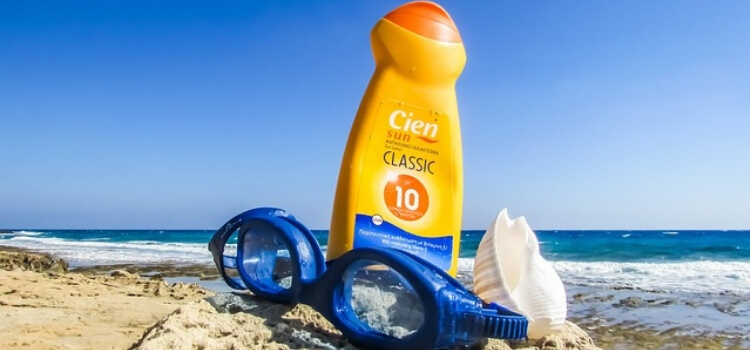
This ingredient started being used in sunscreens back in the seventies but it commonly caused allergic reactions. Further studies claimed that it may actually damage DNA which raised concerns that it may encourage cancerous cells in the skin. Luckily nowadays PABA is rarely used but it’s still best to check your sunscreen’s ingredients just in case.
Have You Checked Yours
Well, that just sent me running to my skin care cabinet in a panic to surgically examine every product I own. I think this leaves us with some food for thought before buying our next batch of skin care products. However, at least nowadays there is always the option to choose products that specifically state paraben free, fragrance-free and everything else free so we can buy our products without having to spend thirty minutes reading through the ingredients label.
What do you think about it? If you’d like to share your thoughts on the subject, please feel free to leave a comment below as I’d love to hear your opinions.




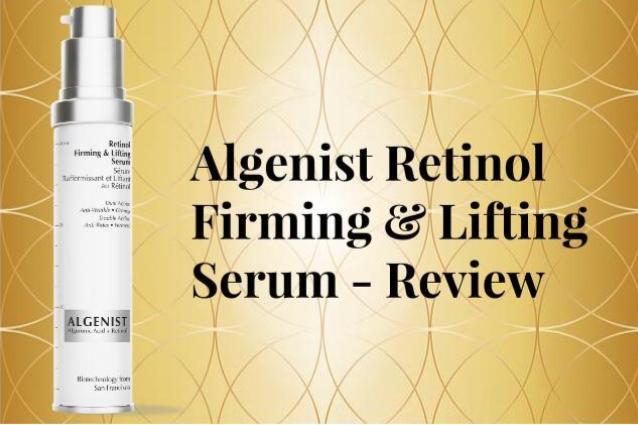
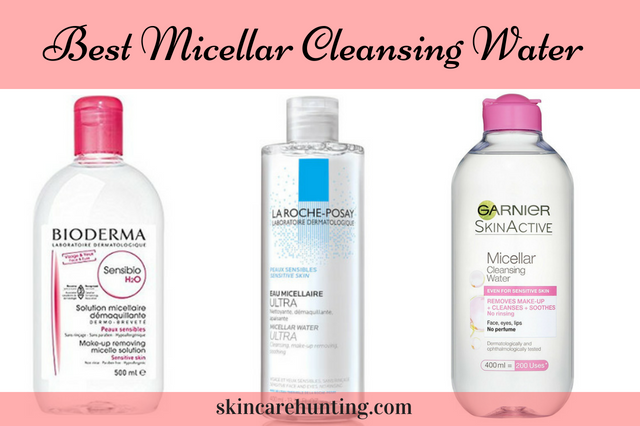
4 Comments
danielle
hello there! what a great website to come across! and to be honest this is a huge topic I’ve seen popping up everywhere! lots and lots of important information and facts that I didn’t even know about!
was wondering if you have came across any skincare lines that are all organic with no chemicals that you could look into? cause that would be great to go along with all the other products you recommend!
thanks for the read!
Danielle.
Jessie
Hi Danielle
Yes, I’ll be looking into all types of products including natural organic ones too and as my site progresses, I will probably have a whole section dedicated to it so it’s easier to find.
Gina
Fragrances is one thing I already try to avoid! It gives me body breakouts… badly. It’s so hard for me to find fragrance free things such as body wash, face wash and lotions.
Are these ingredients written in the ingredient list the way you write them? Would it be easy to find them on the bottles I mean?
Jessie
Hi Gina
For the most part, yes but most companies who sell fragrance-free, alcohol-free or paraben-free products will usually have it stated on the packaging. However, alcohol-free usually only refers to simple alcohols (here’s a post explaining the difference).
Fragrance-free, on the other hand, is even more complicated, so much so that I felt I needed to do a whole entire post on it. One thing I can say is that many fragrance-free products are not always as fragrance-free as you might think, so you have to be seriously thorough when reading the labels. Here is a link to the full post about fragrance-free which goes into more detail. I hope that helps.